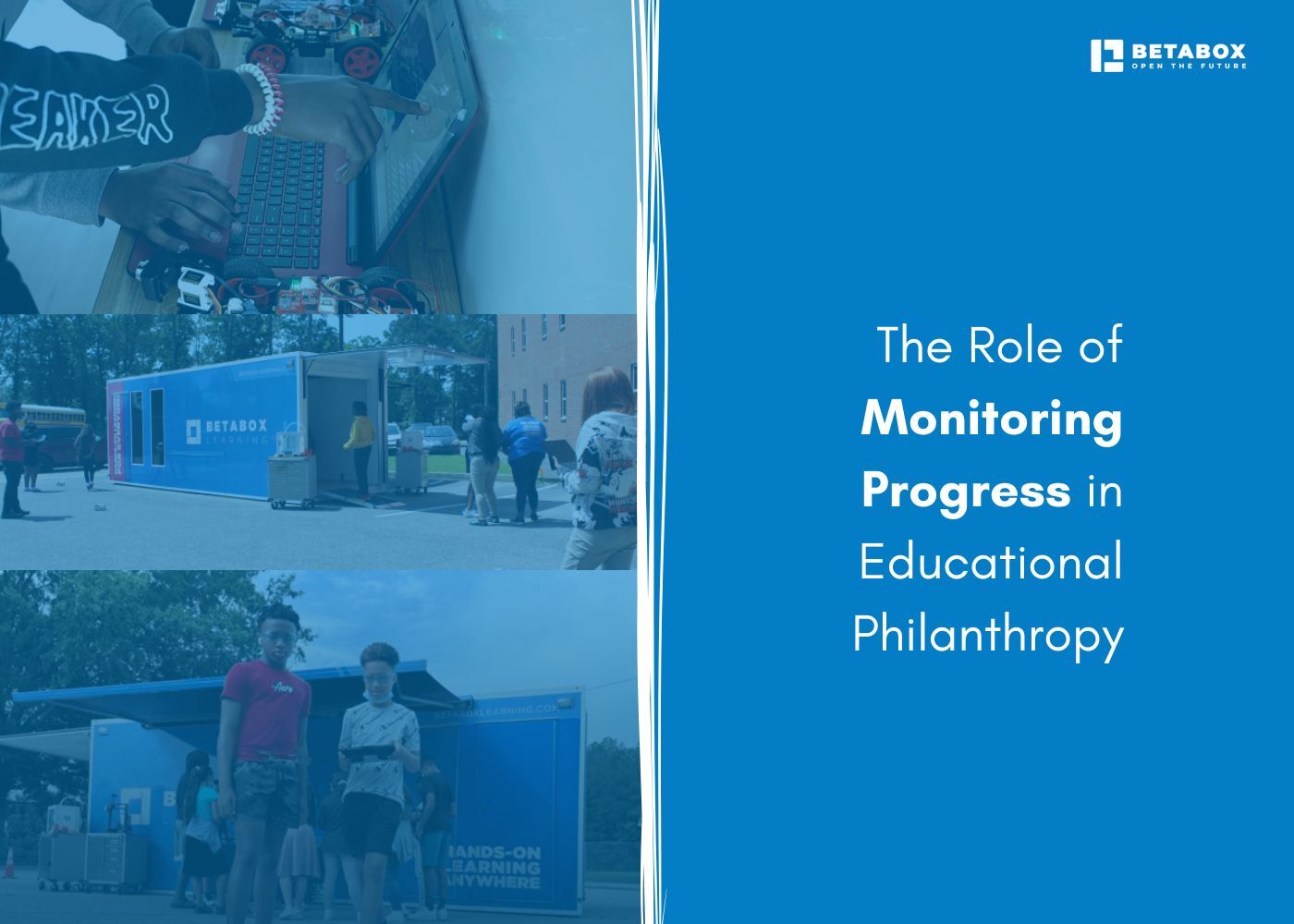
Educational philanthropy moves fastest when donors, schools, and partners can see what is working in near real time. That clarity comes from intentional progress monitoring. This article is a practical guide to monitoring progress in educational philanthropy, built for CSR leaders, foundations, district partners, and program operators who want evidence to drive decisions.
We will unpack the why, the metrics that matter, a usable tool stack, and education grant reporting best practices that make measurement doable for busy educators. Throughout, you will find concrete steps you can implement this semester, plus example artifacts you can copy.
If you support districts with hands-on STEM, career exploration, or teacher capacity building, you will also see how a delivery partner can plug into your philanthropy progress tracking tools to streamline data capture and reporting.
Accountability is not a compliance checkbox. It is the engine that aligns strategy, funding, and execution.
Well-designed progress monitoring for donors keeps everyone focused on outcomes students can actually feel, such as confidence in STEM, teacher readiness to deliver project-based learning, or the number of students who can connect classroom content to careers.
For donors.
Visibility prevents overfunding what looks good on paper but underdelivers in classrooms. With clear evidence, funders adjust pacing, add coaching where needed, or scale what works.
For schools.
Educators already juggle instruction, family engagement, and logistics. Monitoring that respects their time can double as formative assessment, providing immediate insights that improve instruction next week, not next year.
For communities.
Public learnings and transparent outcomes strengthen legitimacy. Sharing what worked and what did not help other districts avoid dead ends and directs limited community resources toward solutions with traction. Public-facing partner pages can also signal that impact is measurable and shared, not hidden.
A grant agreement should read like a hypothesis: if we invest in X resources and Y coaching, then Z outcomes should improve in a defined population within a realistic timeframe. Monitoring turns that hypothesis into a testable plan.
The goal is not to drown teams in spreadsheets. The goal is to keep the evidence loop tight enough that you can make mid-course corrections while there is still time to help students.
Trust builds when stakeholders can see method and movement. That means sharing the logic model, the data you collect, and the story of the work. It also means showing your corrections, not only your wins.
Partners who publish high-level outcomes and communicate a simple plan-fund-implement-measure cycle create a shared language that donors and districts can align to. Betabox, for example, structures district engagement around a four-step cycle that ends with impact reporting, which helps funders and schools agree on what will be measured from day one.
Choose metrics that are proximal to the change in your grant funds. Mix quantitative and qualitative signals to see both breadth and depth.
Core outcome families
If your grant supports hands-on STEM experiences, for instance, you may track immediate shifts in student interest and concept knowledge alongside teacher readiness to keep hands-on learning going in class. Providers who conduct third-party evaluations or publish summary findings can make this easier for donors and districts to reference across cycles. Betabox shares evaluation highlights that emphasize interest, knowledge, and career connections to help districts see classroom-level movement and how it is reported back to funders.
A practical three-tier metric set
When the evidence loop is tight, small insights compound:
Each adjustment flows from data that was feasible to collect and fast to interpret.
Quantitative data shows scope and direction. Qualitative data explains why. A donor who only looks at numbers might miss that a teacher adopted a new unit because the materials were pre-prepped, not because of a one-time workshop. A program that only collects stories might scale something that felt good but did not move outcomes for most students.
Blend both:
This combination lets you validate impact and refine design choices without turning classrooms into research labs.
You do not need an enterprise stack to run data-driven philanthropy in education well. Prioritize tools that are easy for educators to use and easy for your team to analyze.
Most importantly, decide in advance who will do what with the data. Assign responsibility for checking early indicators, running equity cuts, and writing a short learning memo at mid-grant.
Start with what your teams can actually maintain. The perfect tool is the one your partners will use every week. For many portfolios, this combination is enough:
If you partner with providers who already publish evaluation summaries and run a clear plan-fund-implement-measure cycle, you can request shared reporting access rather than building everything from scratch. Betabox’s implementation model ends with a measure-impact step and returns program reports that align to the outcomes districts and funders care about.
Keep your education grant reporting best practices tight and predictable:
A STEM identity outcome needs different instruments than a workforce credential outcome. Before launch, map your donor goals to the right measures:
Ask implementers to confirm that collecting these measures will not disrupt instruction. If they have published evaluation models, use those to shorten setup. Betabox highlights student interest, content knowledge, and career connections as core outcomes for hands-on STEM experiences, which gives donors a clear line of sight to the types of measures they will see in reports.
Stakeholders trust what they can see. Share a short overview of your logic model, the data you collect, and how you use it to improve programs. Public partner pages help here. If your initiative involves funding school-based STEM resources with an external provider, consider a visible partners hub where districts and supporters can learn how to participate and how results are reported.
Betabox’s partners page is an example of this outward-facing posture, inviting industry and institutions to join a stakeholder network that supports schools with resources and funding. Link your grant to a page like this so stakeholders can track participation and impact pathways.
Want to fund hands-on STEM with clear reporting and a shared measurement plan?
Visit Betabox Partners.
Sustainability comes from building capacity and capturing what works so it can be repeated. As you renew grants:
Districts benefit when delivery partners follow a repeatable plan that includes co-design, funding support, implementation, and end-of-cycle impact reporting. A structured blueprint process, followed by a defined measure-impact step, reduces guesswork and produces reports funders can trust.
To make the above concrete, here is a realistic, low-lift blueprint that many districts and donors adopt with a hands-on STEM partner:
If you want a partner that can help plan, fund, implement, and measure hands-on STEM programs with clear reporting for funders and districts, you can explore a partnership pathway and align on the shared evidence model from day one.
Monitoring progress is how educational philanthropy keeps promises to students. When donors and districts define outcomes clearly, select practical measures, use lightweight tools, and publish what they learn, they build a culture that is accountable and adaptive. Programs improve faster, money follows evidence, and communities see where change is real.
If your team wants a ready-to-run support model that includes planning, funding support, implementation, and a built-in measure-impact step with clear reporting, connect with a partner who already operates on that cadence.
Talk partnerships with Betabox.
Why is progress monitoring important in educational philanthropy?
Monitoring keeps grants aligned to student outcomes and surfaces issues early enough to fix them. It also builds trust with boards and communities by showing how funds translate into measurable gains and lessons learned.
How can donors evaluate the impact of educational grants?
Define two or three priority outcomes tied to your logic model, collect pre-post checks and short reflections, and agree on a reporting cadence with program operators. Use equity cuts and qualitative artifacts to understand reach and depth, not only averages.
What metrics are used to measure outcomes in school-based giving?
Common sets include student interest and identity, content knowledge tied to the unit, teacher capacity to deliver new methods, career awareness, and equity of access across campuses and learner groups. Choose the smallest mix that truly proves benefit.
Which tools help track the progress of philanthropic programs?
Most teams succeed with simple forms, a secure spreadsheet or database, and a templated dashboard. The key is a weekly or monthly rhythm and clear owners for data pulls, reviews, and mid-course adjustments. Providers that include a measure-impact step in their implementation model can streamline this.
How does data-driven philanthropy improve education funding decisions?
Evidence shortens the feedback loop. Donors can scale what works, add coaching where it matters, and stop funding strategies that do not move outcomes. Blending quantitative and qualitative data prevents blind spots.
What are best practices for education grant reporting?
Set the learning agenda early, standardize instruments, lock a predictable cadence, pre-define thresholds for action, and pair numbers with short narratives and student artifacts. Share public summaries to strengthen transparency and community trust.


Ready to learn how Betabox resources can be implemented at your school or District?
Book a Blueprint Call

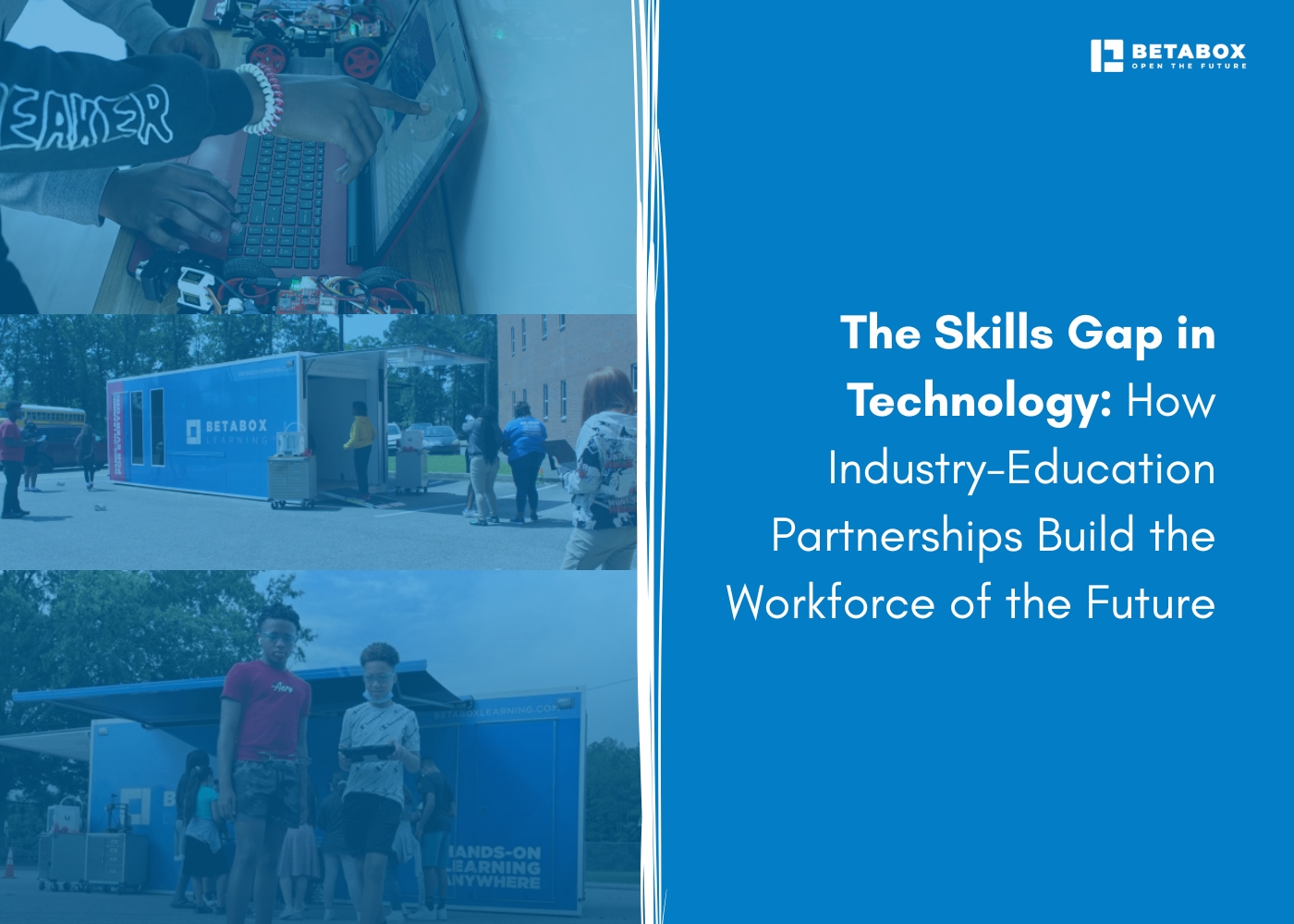

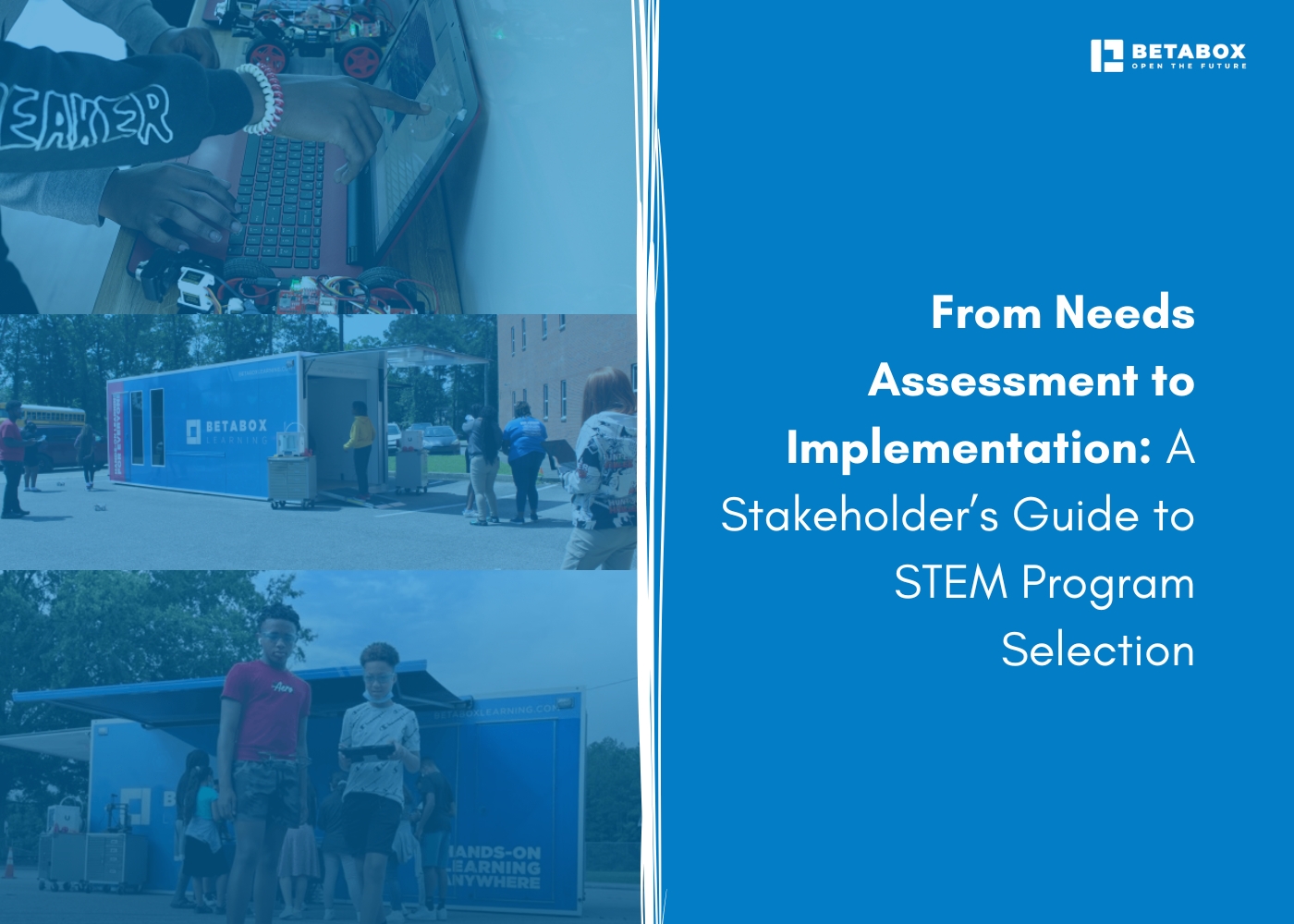

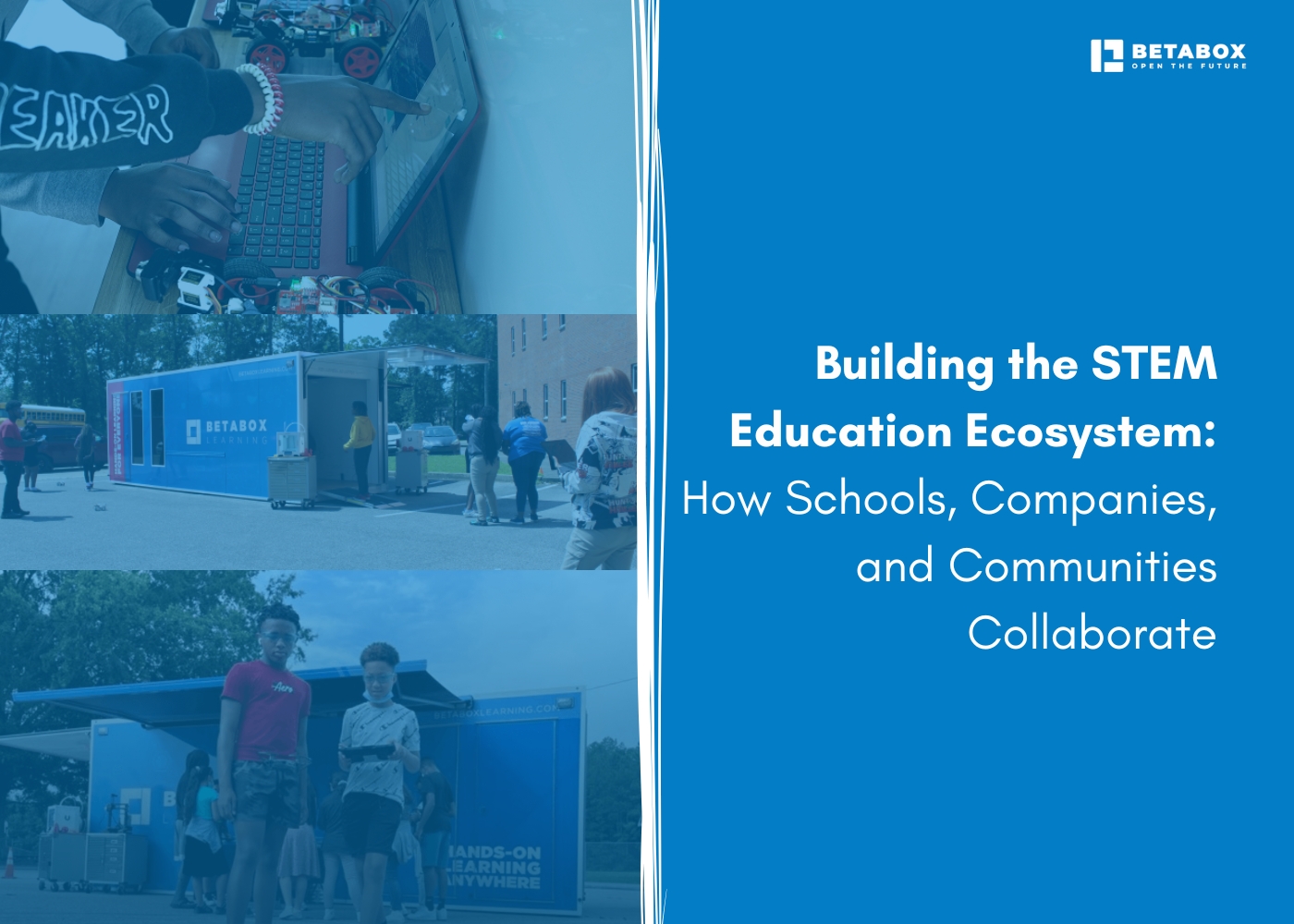

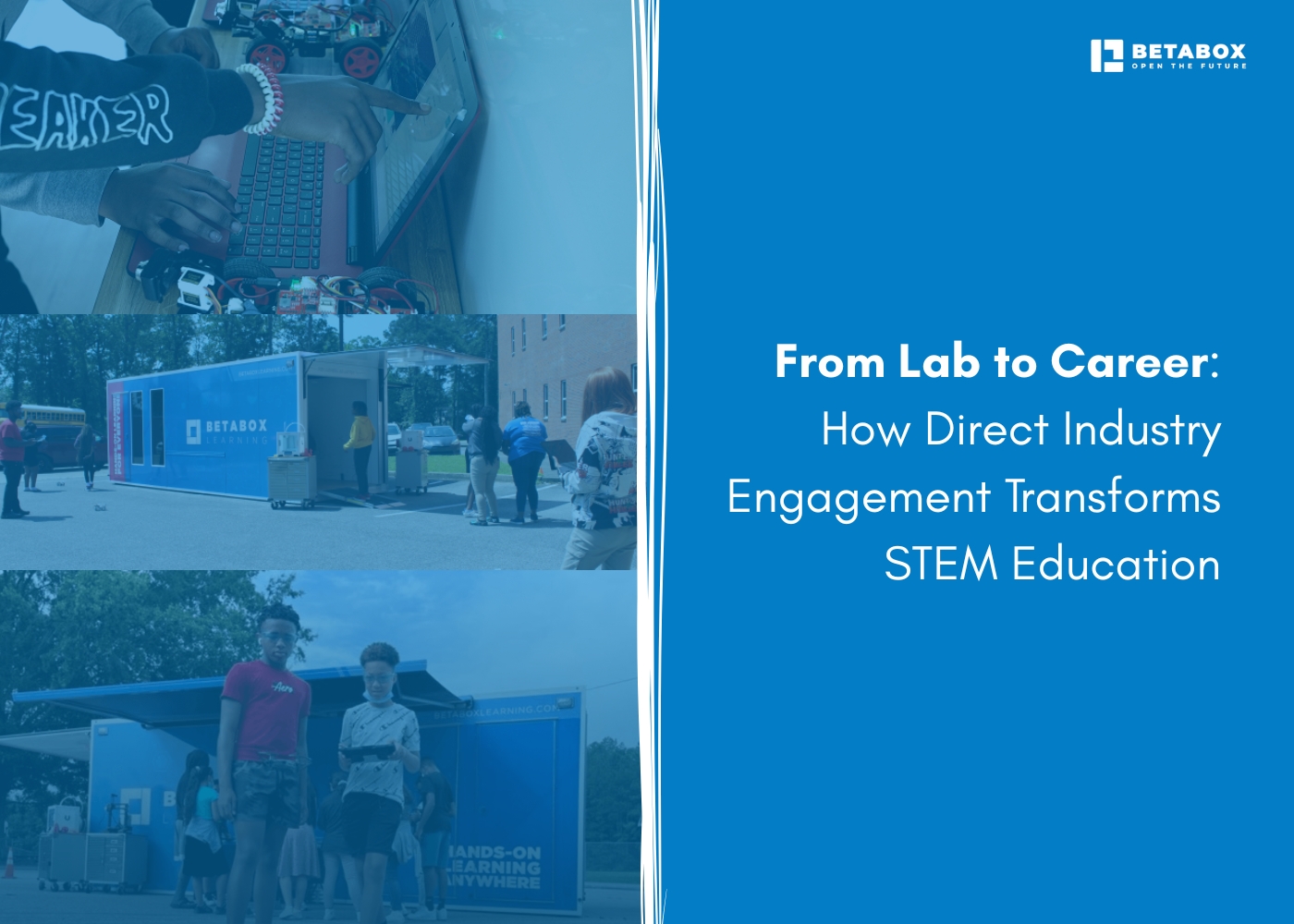

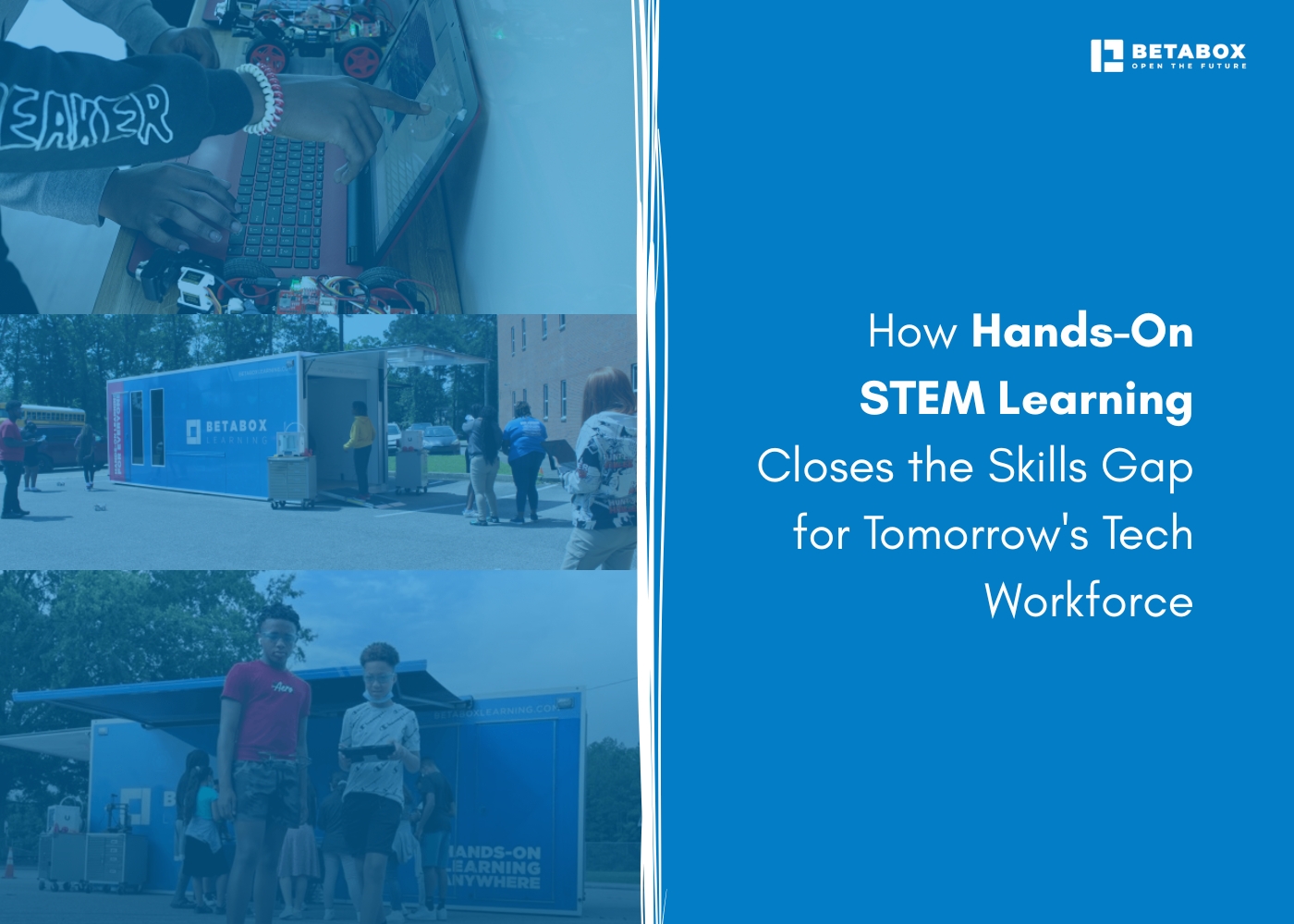

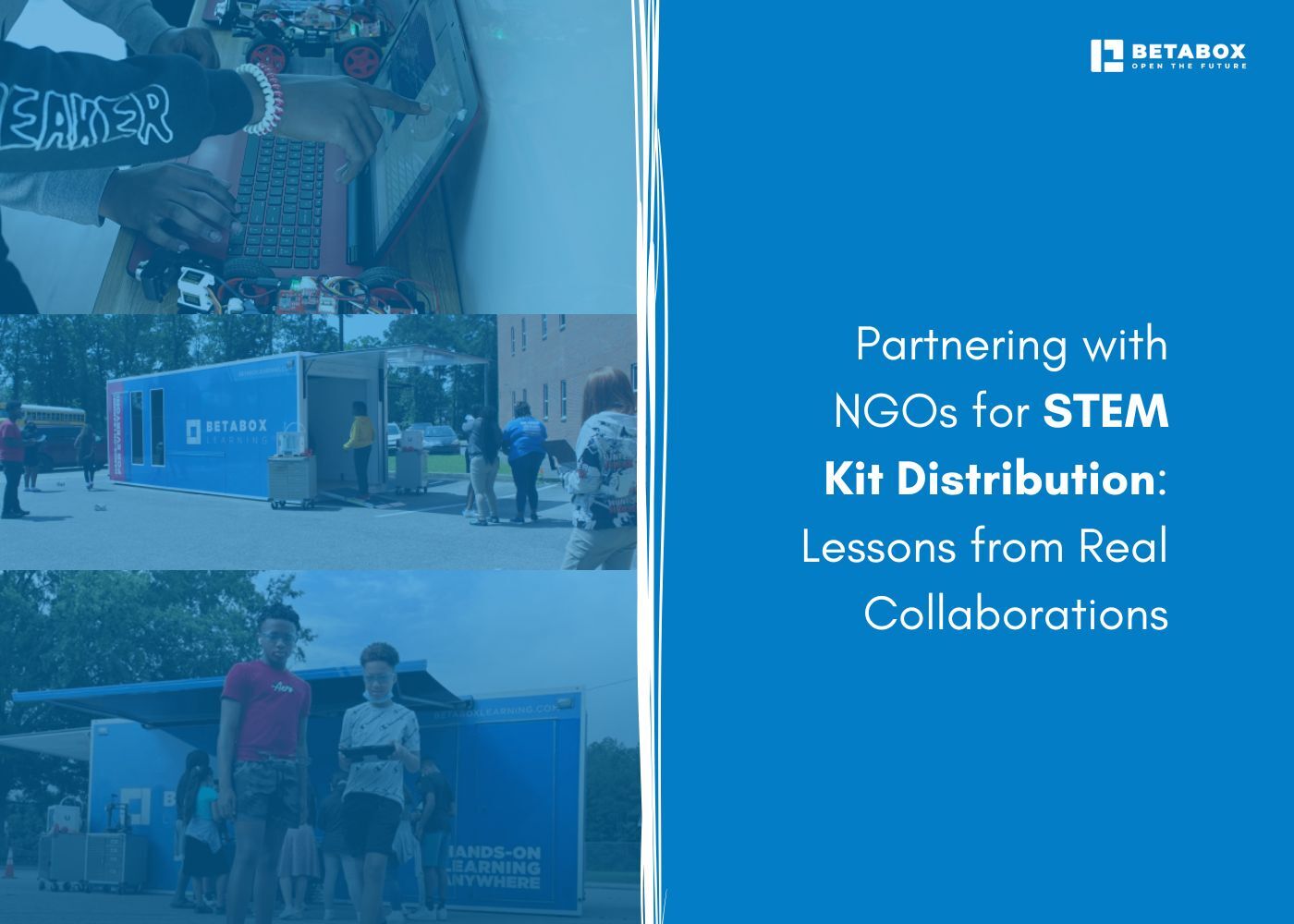

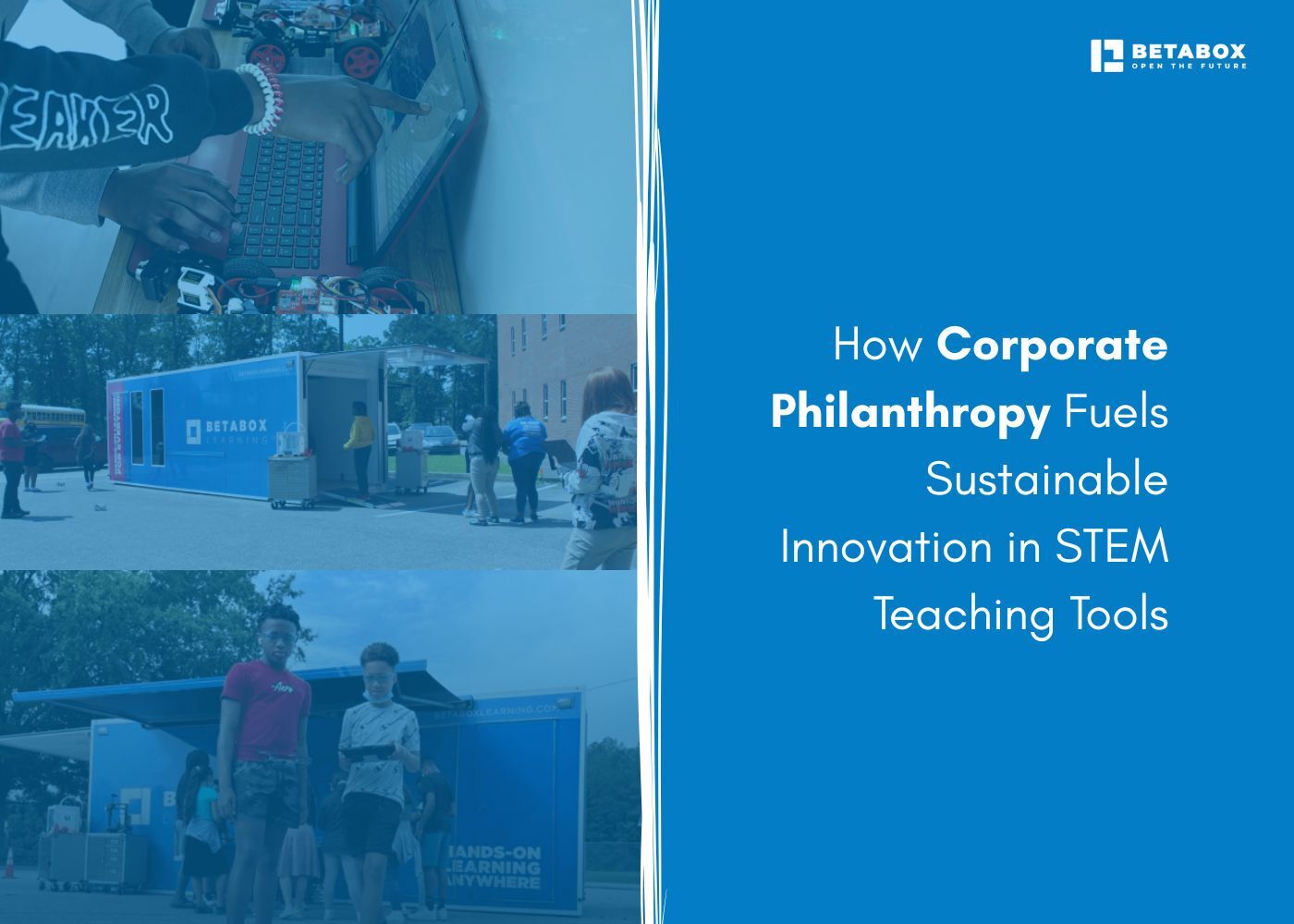

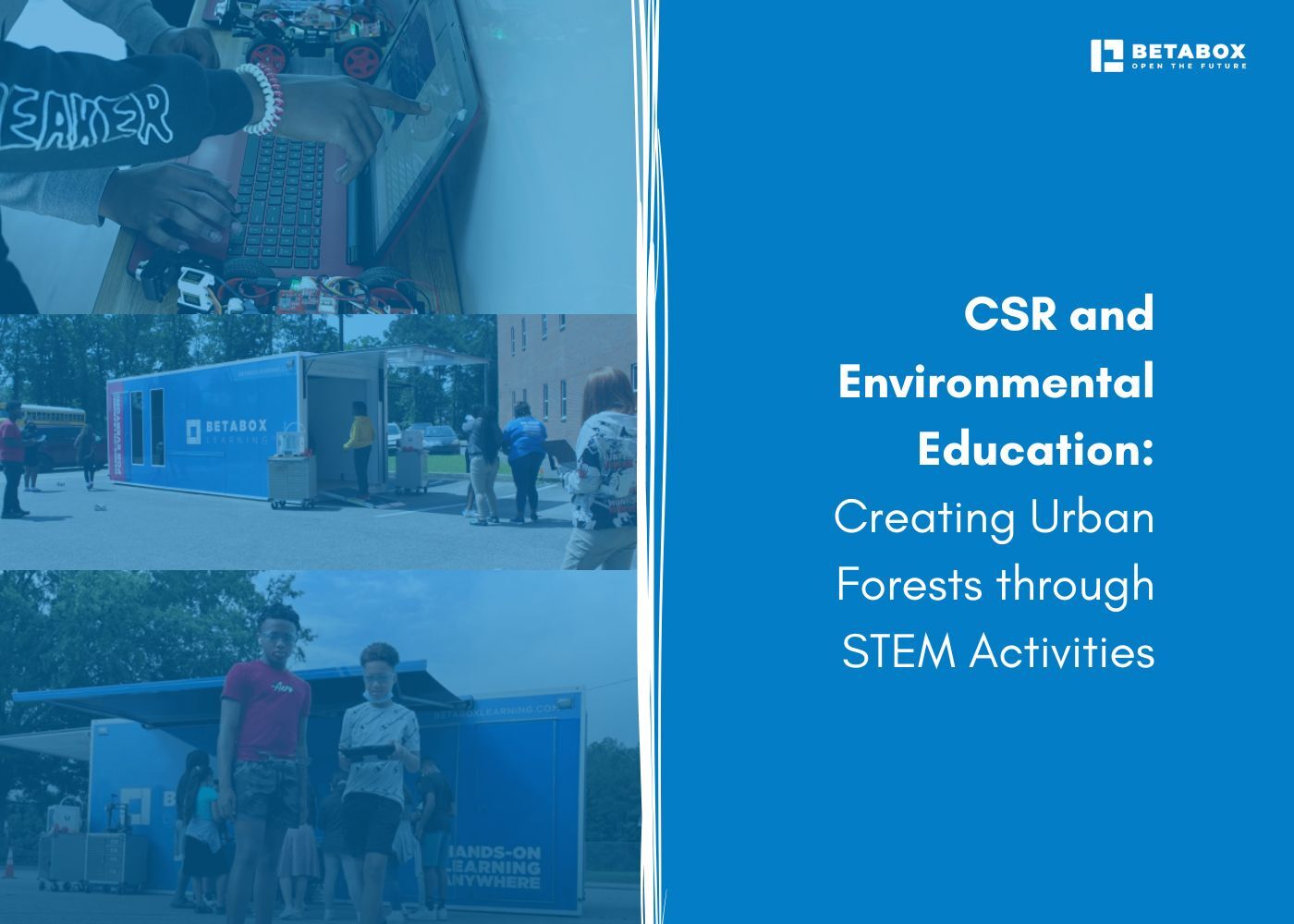

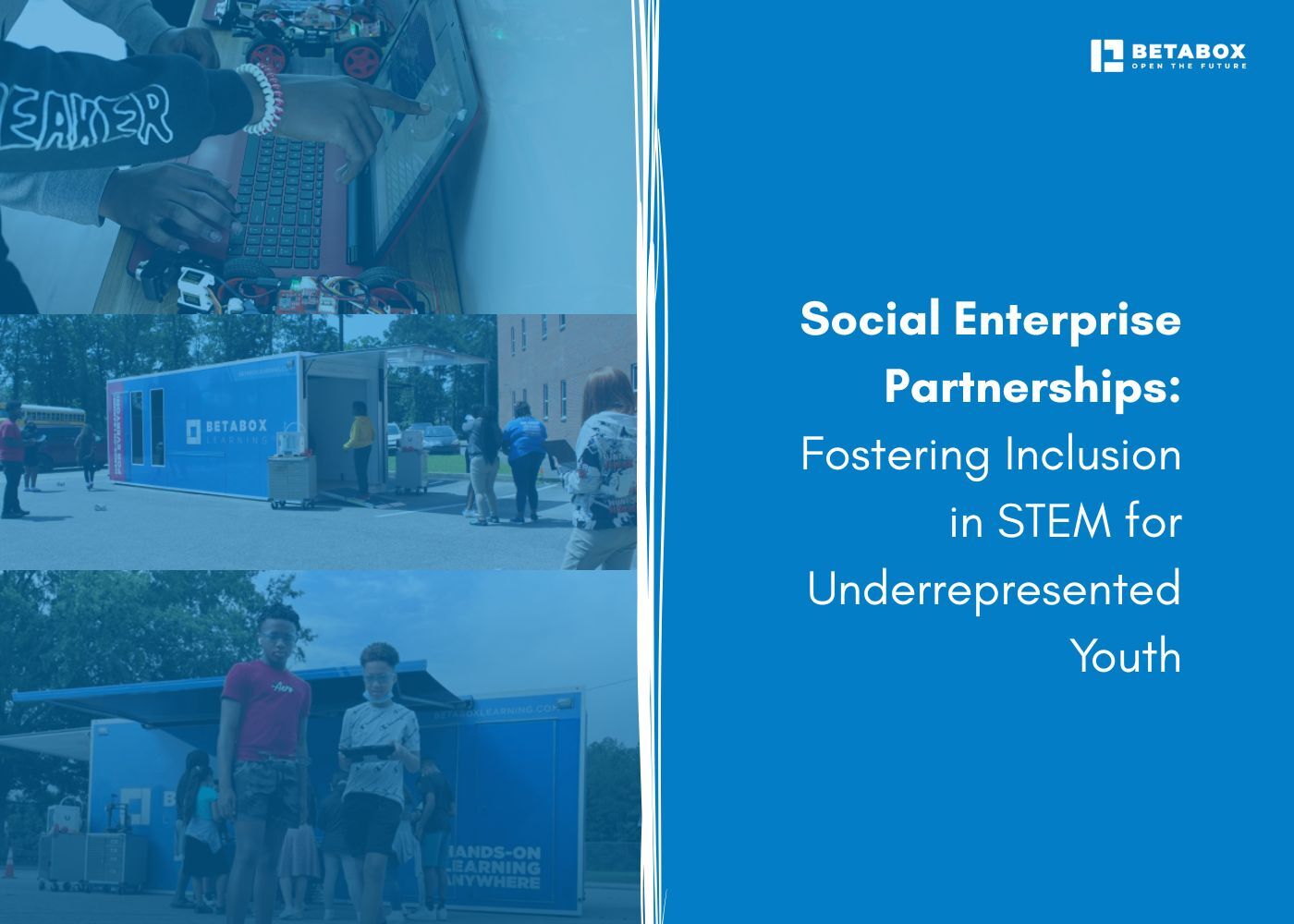

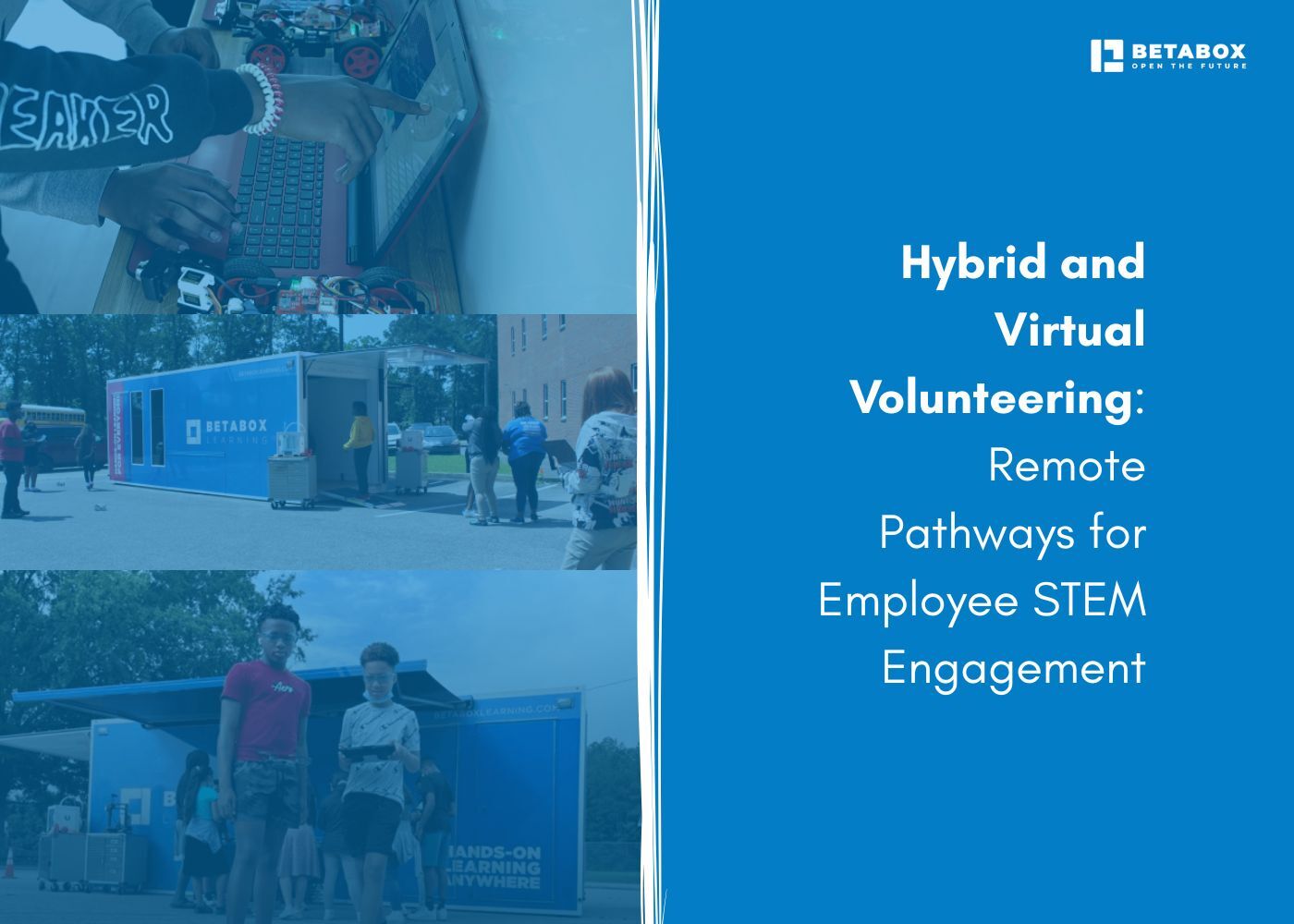

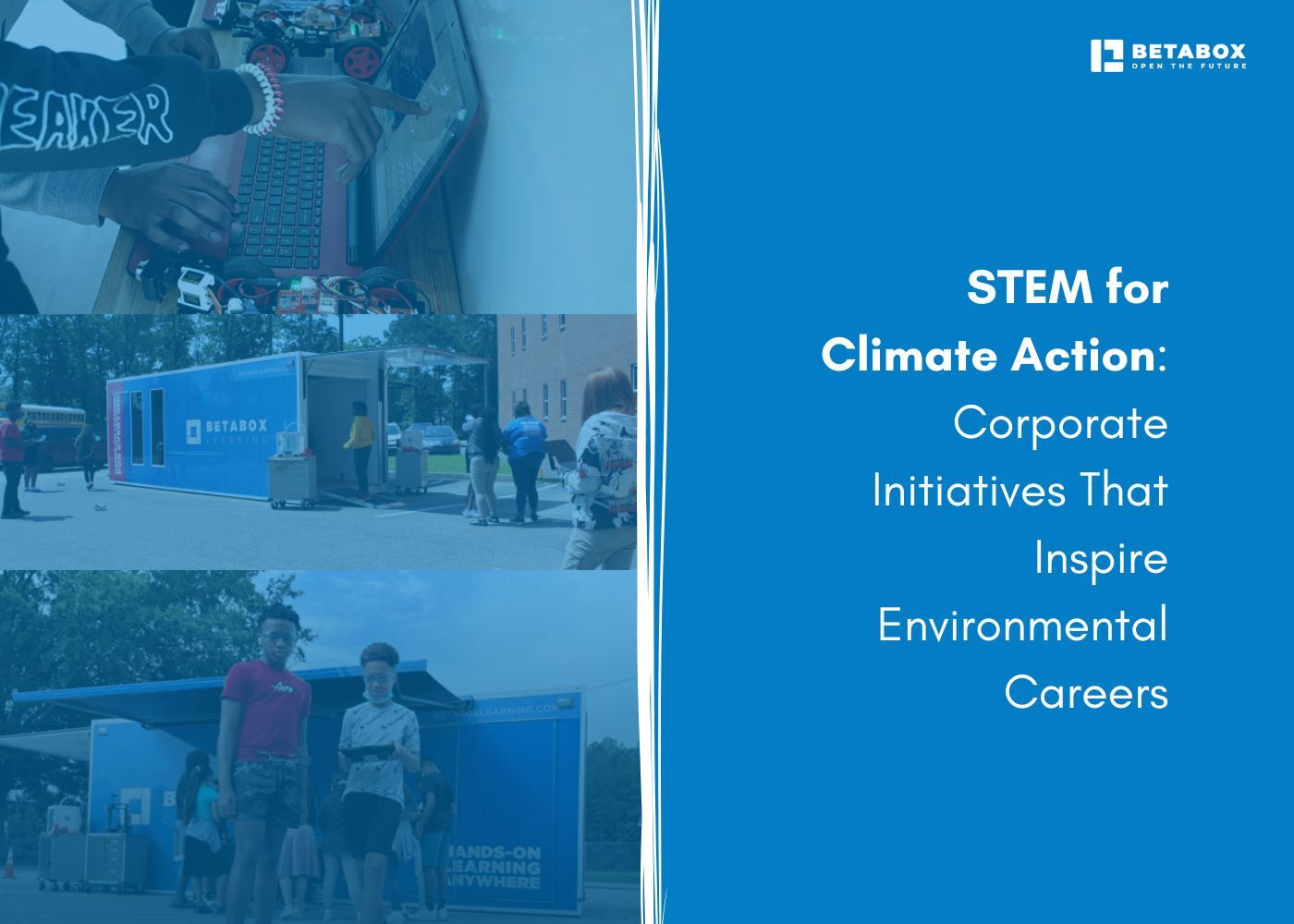



At Betabox Learning, we are passionate about making hands-on STEM curricula accessible to all students.

Join our newsletter to stay in the loop on all things Betabox and the future of STEM education.
By submitting your email address, you agree to our Privacy policy and Terms of Service. You can unsubscribe any time via the link in your email.
© 2025 Betabox. All Rights Reserved
